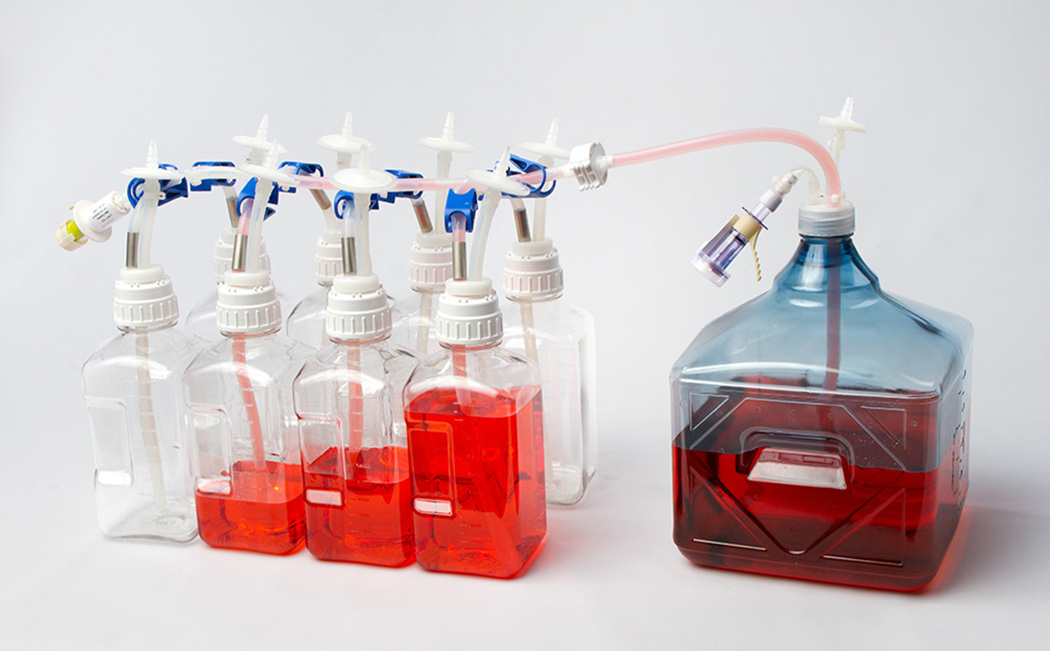A fluid transfer system contains significant components that help securely transfer fluids, such as fuel, oil, water, air, coolant, etc. This framework is an important equipment in various companies that distributeviable fluidsto control motion, transmit power, execute chemical reactions, or stimulate temperature. Hence, having the proper materials to make these transmissions successful is important.
Here are the key components of fluid transfer systems to make fluid transfer safer:
Pipes and Hoses
Pipes and hoses are fundamental in fluid transfer as they are tubular conveyances that transportfluids from one location to another. Though both are reliable connectors that prevent leaks, their purposes and attributes may vary depending on the fluidtransported and the application.
These two components are flexible, durable, and compatible with various fluids.While pipes are made frommetal or plastic utilised for corrosive liquids, high-temperature, or high-pressure, hoses are manufactured of rubber or plastic with reinforcement,used for low-temperature, low-pressure, or non-corrosive fluids that requirelightweight and flexible components.
Pumps and Valves
In terms of creating fluid flow, pumps are responsible for that as they can overcome the friction or resistance losses in the fluid system. This component has two variants: Turbomachines and Positive Displacement.
Turbomachines are the ones that collect blades or impellers that rotate and transport the fluid’s momentum, augmenting pressure and velocity. On the contrary, Positive Displacement pumps force into or out of a chamber by modifying the passageway’s volume.
Consequently, valves are the perfect equipment for this situation if you need to control and regulate the fluid you are transferring. It is commonly used for adjusting and shifting the flow of the amount of fluid that slipsthrough a pipe. This component comes in many variations, such as butterfly, globe, ball, gate, and check valves, and each of these types has their own pros and cons inherence of flow leakage, control, cost, and maintenance.
Swivel Joints
In preventing hose twisting and kinking while maintaining fluid flow, swivel joints are responsible for that, as it is made up of the sleeve and body. It allows 360-degree rotation that prevents hoses from getting tangled and is considered significant for loading arms, wastewater treatment applications, hose reels, and sewer rodding.
Dry Break Couplings
Lastly, dry break couplings are the ones thatquickly disconnect couplings, which facilitatesthe reduction of spill-free fluid transfer. This material is commonly seen in industries like hydraulic systems and oil and gas since they are designed to seal off both the hose and pipe. It can prevent any leakage even when the hose is disconnected, preventing fluid from contaminating the environment.
Final Thoughts
Learning the key components, like dry break couplings, swivel joints, pipes and hoses, and pumps and valves,can help you operate, maintain, and improve them.
Treloar is an Australian business that built a rich history of innovating fluid transfer fittings since 1927. They are well-known in the industry for their passion for manufacturing durable, safe products thatcustomers and the environment can benefit from.
Contact us on this link and our dependable customer service team to solve any of your critical fluid handling problems.


